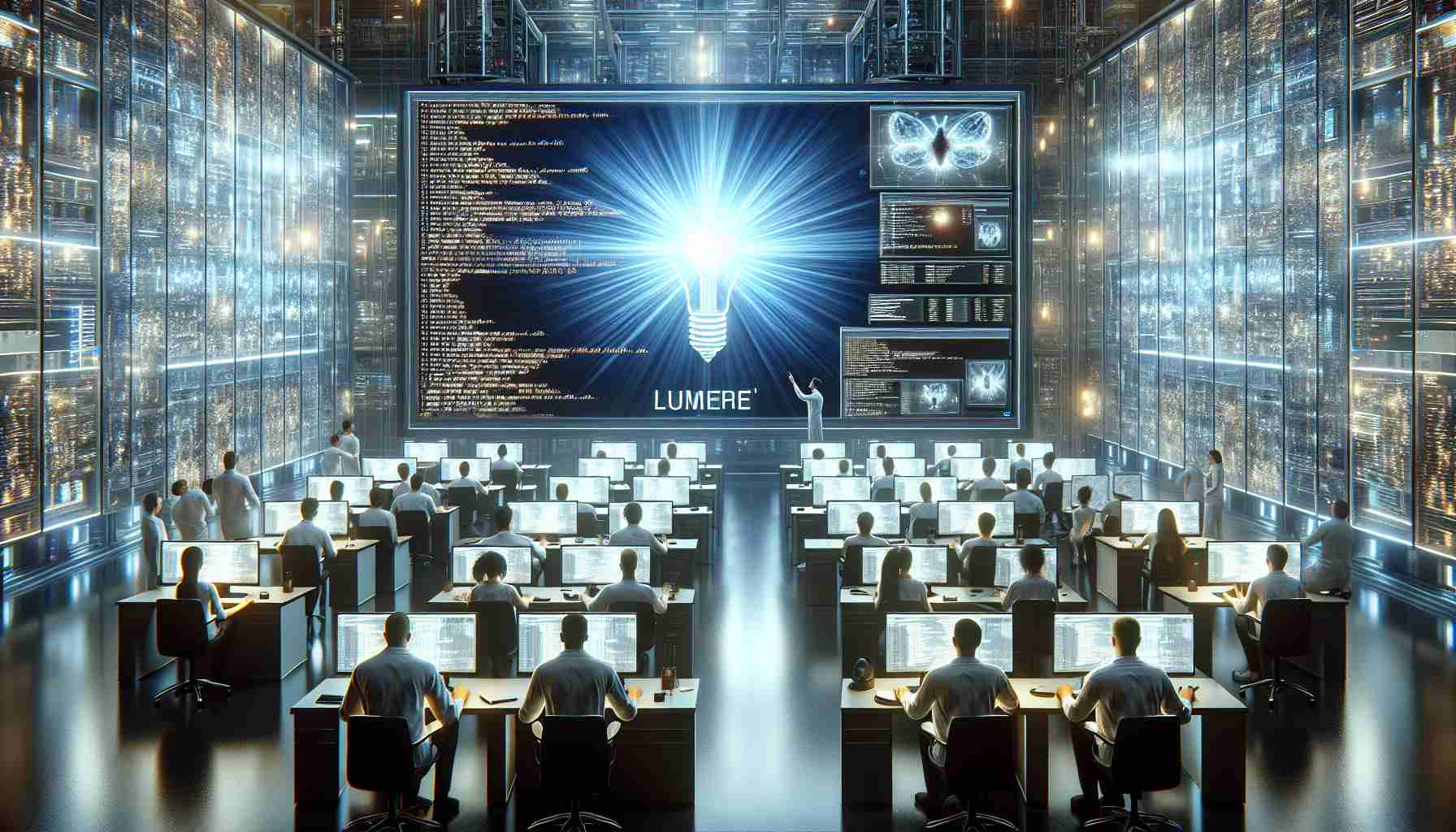Google (NASDAQ: GOOGL) has announced the introduction of a new artificial intelligence (AI) model aimed at generating realistic videos with real-time editing features. Dubbed “Lumiere,” this new development by Google researchers is described as a spatiotemporal diffusion model capable of transforming text and images into videos. Lumiere showcases the ability to synthesize videos at an “advanced” level, as industry experts claim.
Lumiere addresses the criticisms of AI-generated videos, which have been associated with a lack of realism, limitations in data, biases, and precise control, raising questions about the future of such solutions. Google seeks to solve this problem by introducing the Space-Time U-Net architecture, which is responsible for the temporal aspect of video generation. Previous video generation models generated key frames before transitioning to temporal oversampling, which resulted in several drawbacks.
According to a report, “By applying both spatial and temporal downsampling and utilizing a pretrained image-to-text diffusion model, our model learns to directly generate low-resolution, full-frame-rate videos by processing them at multiple spatiotemporal scales.”
The new Google model has many applications, including video editing, missing fragment reconstruction, and stylized generation. Despite generating low-resolution videos, Lumiere offers greater versatility than other competing models in the market.
Comparisons with models such as Pika and Runway place Lumiere at the forefront, and initial testers welcome it as the future of video generation.
Solving the Issue of Copyright in AI
Since generative AI became popular, several AI developers have been summoned to court for copyright infringement in the training process of their large language model (LLM). Google, Meta (NASDAQ: META), OpenAI, and Anthropic defend themselves in US courts, denying any wrongdoing and arguing for the fair use principle.
To ensure that artificial intelligence operates within the law and survives amidst growing challenges, it is essential to integrate a blockchain-based business system. Such a system ensures data integrity and ownership, while protecting privacy and the immutability of information. It is worth delving into this new technology to understand why blockchain will be a pillar for AI in business.
Watch: Artificial Intelligence Needs Blockchain Technology
If you are not yet familiar with blockchain technology, check out the beginner’s section on the CoinGeek website. You will find essential information about blockchain and its applications.
Frequently Asked Questions about Google’s New AI Model – Lumiere
- What is the purpose of Google’s introduction of the new AI model?
- How is Lumiere described?
- How is Google addressing the issues in AI video generation?
- What are the applications of Google’s new model?
- How is Lumiere’s performance compared to other models?
- What copyright challenges does this new technology face?
- How can the issue of copyright in AI be resolved?
- Where can one learn more about blockchain technology?
The new Google AI model, known as Lumiere, aims to generate realistic videos with real-time editing features.
Lumiere is described as a spatiotemporal diffusion model capable of transforming text and images into videos at an “advanced” level. It claims to possess state-of-the-art video generation capabilities.
Google is introducing the Space-Time U-Net architecture, which is responsible for the temporal aspect of video generation. Previous models generated key frames, resulting in drawbacks, but the new model combines both spatial and temporal downsampling to generate videos at full frame rates.
The new Lumiere model has various applications, including video editing, missing fragment reconstruction, and stylized generation. Despite generating low-resolution videos, it offers greater versatility than competing models.
Comparisons with models such as Pika and Runway place Lumiere at the forefront, and initial testers welcome it as the future of video generation.
Copyright issues pose a threat to the future of this new technology. SI developers, like Google, currently face challenges regarding copyright infringement in the training process of their models.
Integrating a blockchain-based business system can help address copyright-related issues in the field of AI. Blockchain technology ensures data quality and ownership, while protecting privacy and information integrity.
To learn more about blockchain technology, visit the beginner’s section on the CoinGeek website, where you will find essential information on the topic.
The source of the article is from the blog yanoticias.es
